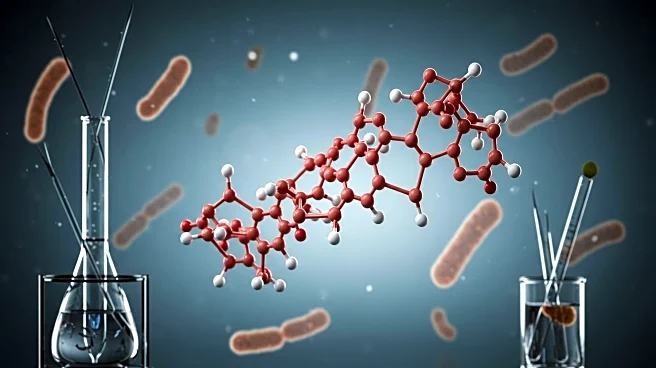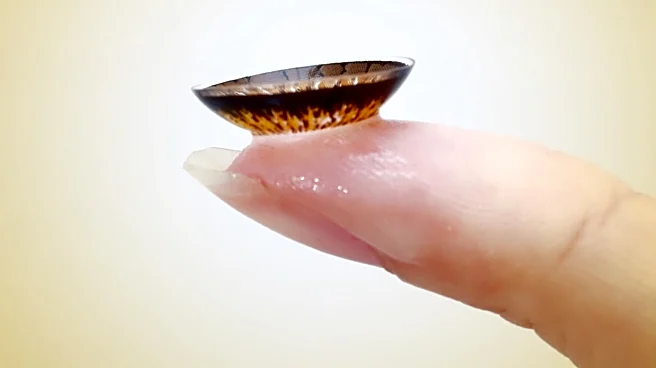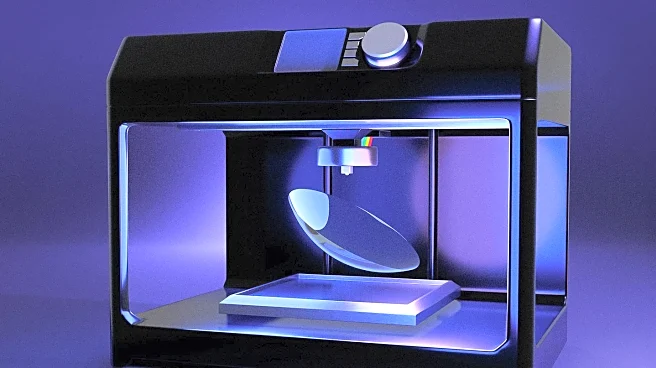Rapid Read • 8 min read
Recent research has highlighted the potential of quaternized chitosan derivatives in inhibiting the growth and biofilm formation of Staphylococcus aureus, a common and often antibiotic-resistant bacterium. Chitosan, a natural biopolymer known for its biocompatibility and antimicrobial properties, has been chemically modified to enhance its effectiveness against biofilms. The study involved synthesizing hydrophobically modified quaternized chitosan derivatives and testing their impact on various strains of S. aureus, including methicillin-resistant (MRSA) and methicillin-susceptible (MSSA) strains. The results demonstrated that these derivatives could significantly inhibit bacterial growth and biofilm formation, suggesting their potential use in medical device coatings and surface treatments where traditional antibiotics are used.
AD
The development of effective antimicrobial agents is crucial in the fight against antibiotic-resistant bacteria, which pose a significant threat to public health. Biofilms, which are protective layers formed by bacteria, make infections particularly difficult to treat. The ability of quaternized chitosan derivatives to disrupt biofilm formation offers a promising alternative to antibiotics, potentially reducing the reliance on these drugs and mitigating the risk of resistance development. This advancement could have significant implications for healthcare, particularly in hospital settings where biofilm-associated infections are prevalent.
Further research and development are needed to optimize the formulation and application of these chitosan derivatives for practical use. Clinical trials may be necessary to evaluate their safety and efficacy in real-world settings. Additionally, exploring the potential of these derivatives in other applications, such as wound dressings and water treatment, could expand their utility. Stakeholders in the healthcare and pharmaceutical industries may take interest in these findings, potentially leading to collaborations for product development and commercialization.
The use of natural biopolymers like chitosan in antimicrobial applications aligns with a broader trend towards sustainable and environmentally friendly solutions in healthcare. This approach not only addresses the issue of antibiotic resistance but also reduces the environmental impact associated with synthetic chemicals. The ethical implications of reducing antibiotic use and the potential for improved patient outcomes make this research particularly relevant in the context of global health challenges.
AD
More Stories You Might Enjoy










